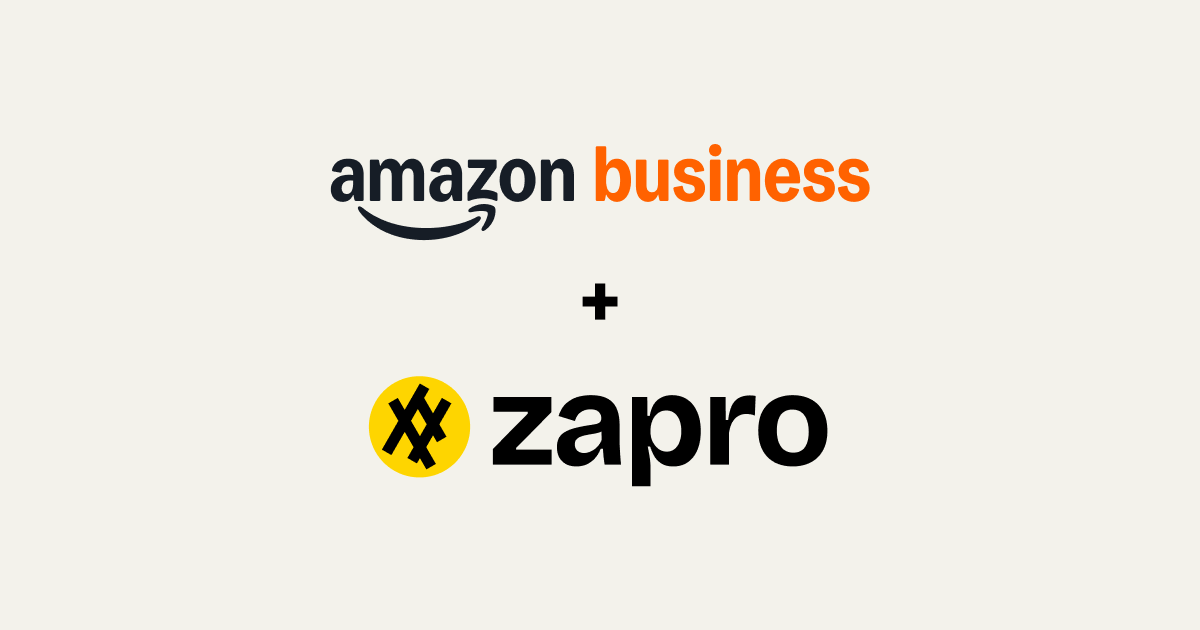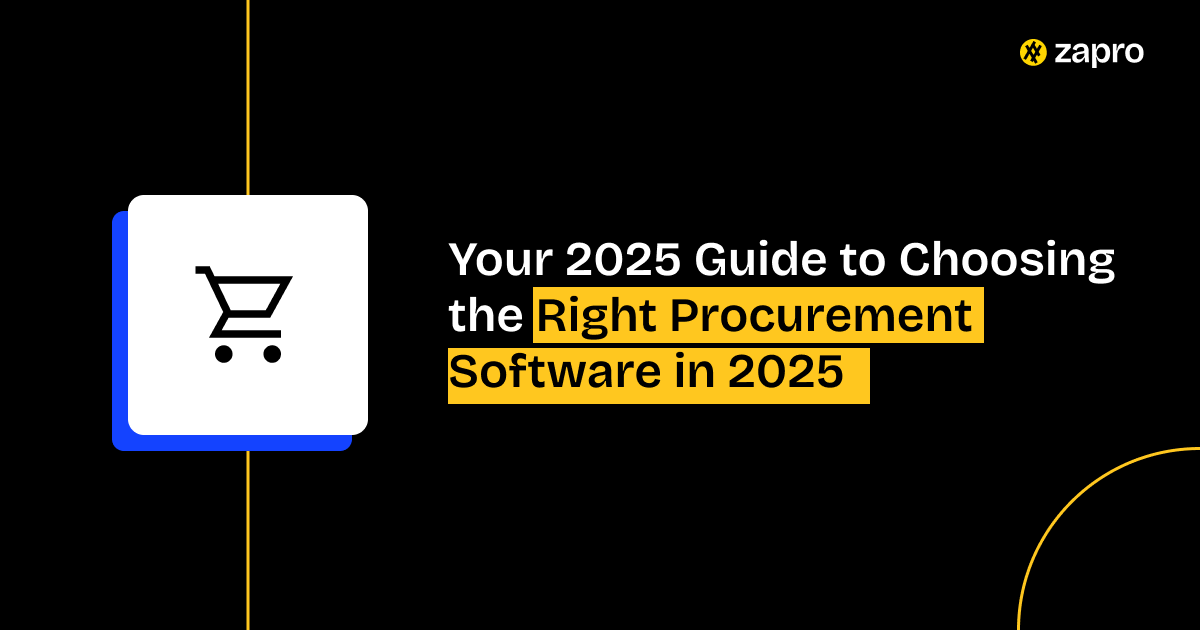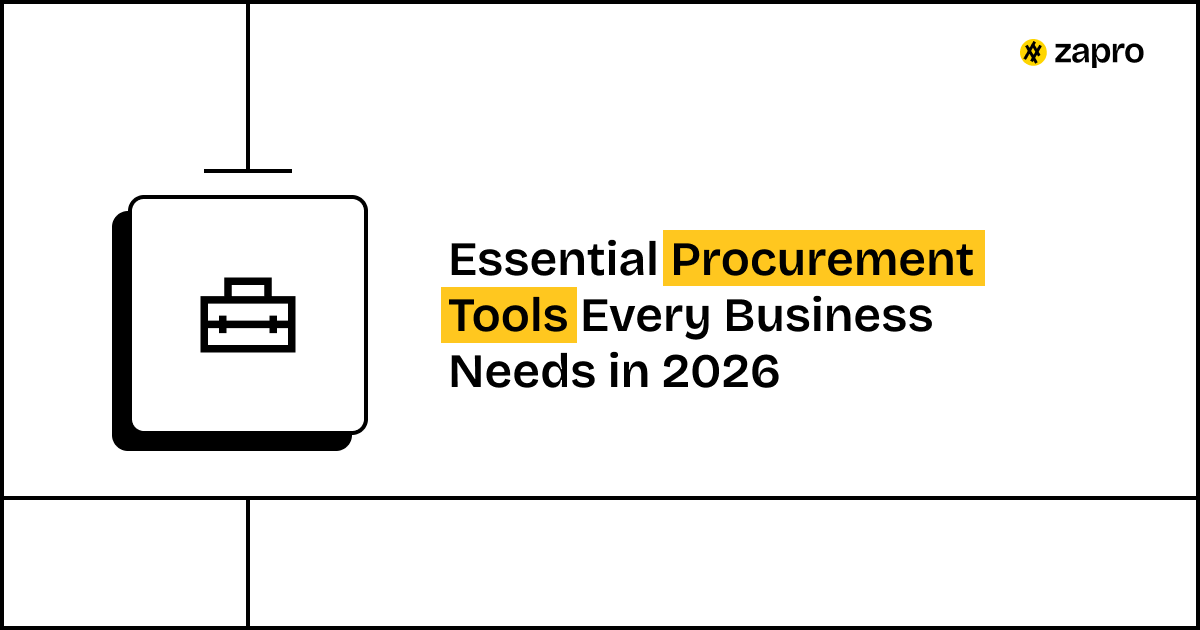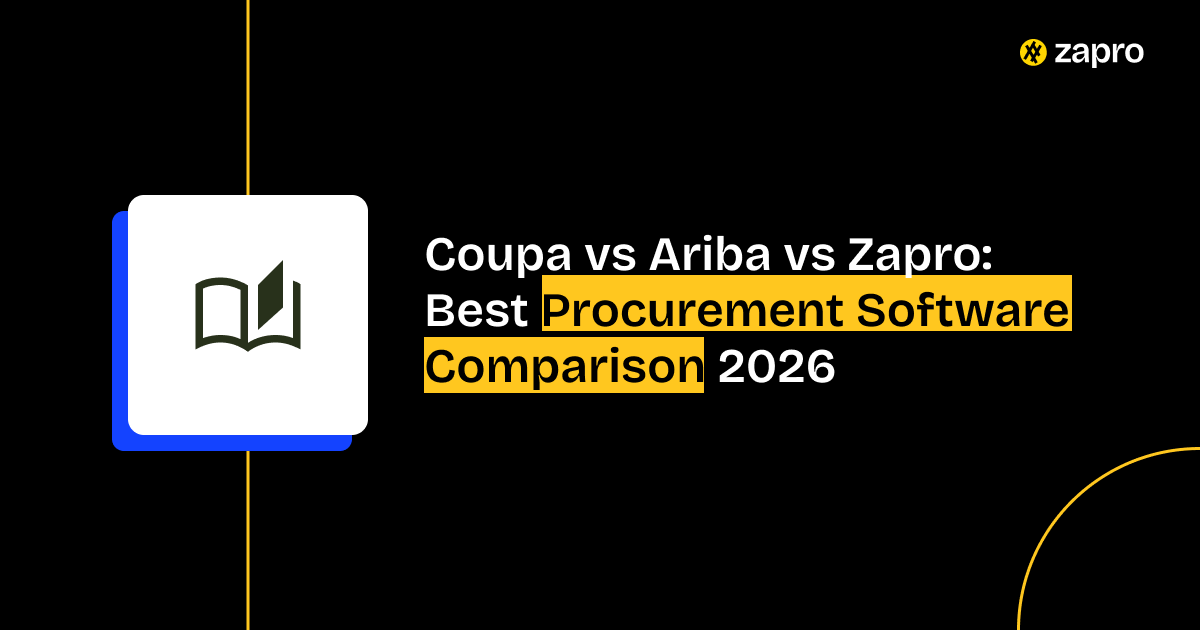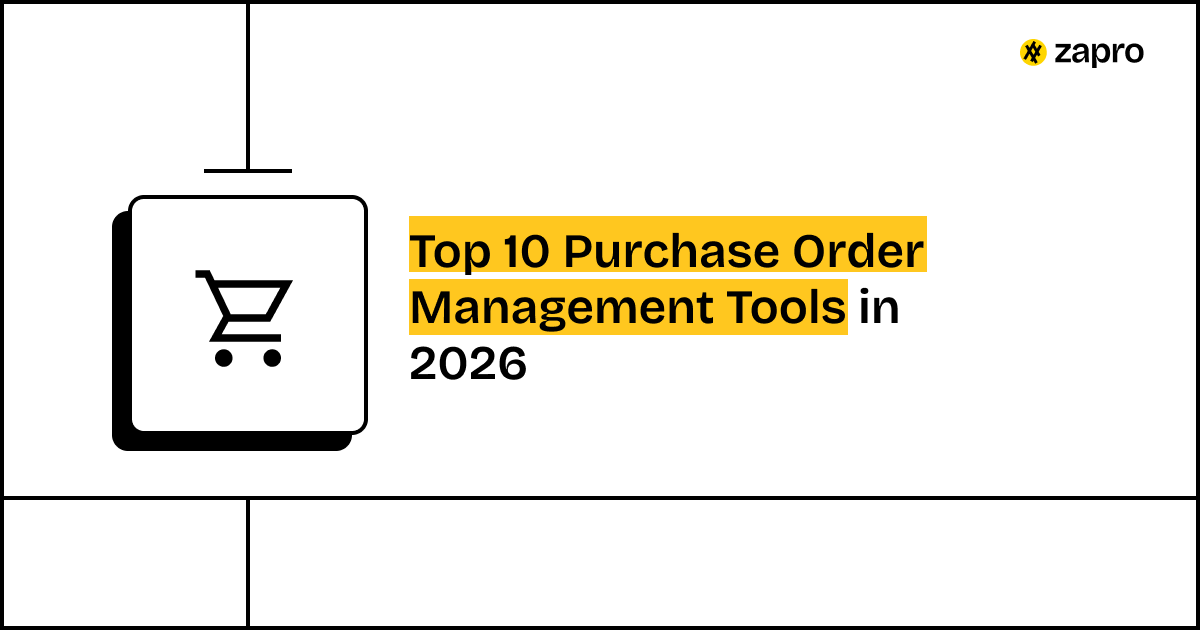Procurement workloads are increasing by over 10 percent, which makes the best procurement software selection more critical than ever.
“Source-to-pay suites allow organizations to manage all of their sourcing and procurement activities within a single integrated solution,” states the 2024 Gartner® Magic Quadrant™. Leaders rarely think over data quality and architecture as top priorities when selecting technology for procurement. Less than 10% make it a priority, even though poor data quality affects ROI negatively.
The right procurement software platform reshapes the scene of operations – we’ve witnessed this firsthand. A standardized, repeatable procure-to-pay process creates most important value. It reduces maverick spending, speeds up purchases, enhances supplier management, and increases stakeholder satisfaction. Organizations that use advanced procurement process software can set up automated workflows. These workflows enforce compliance based on spend category, supplier risk scores, or regional regulations.
Choosing procurement software tools goes beyond fixing current problems. Your selected solution should grow with your business to ensure success in the long run. Advanced analytics capabilities should categorize spend by supplier, region, or business unit. The system provides essential information to decision-makers.
This detailed guide offers a practical, step-by-step approach. It enables you to find procurement software that matches your organization’s requirements for 2025 and future years.
1. Understand Your Procurement Needs
Your organization needs to understand its requirements before selecting the appropriate procurement software. This initial groundwork helps avoid costly errors and pick the right solution that addresses your organization’s specific challenges.
2. Define your procurement goals
My first step is to set clear procurement objectives that line up with bigger business goals. You should outline specific outcomes you want from your procurement processes. Do you want to , make suppliers perform better, get better supply chain visibility, or become more environmentally responsible? reduce costs
Setting SMART (Specific, Measurable, Achievable, Relevant, and Time-Bound) objectives helped my team choose the right procurement software platforms. These objectives should cover supply chain risk management, cost savings, business process improvements, and ESG goals.
The procurement strategy should support objectives set by the leadership team. My previous company found that procurement goals weren’t just about quick cost cuts – they needed to match our five-year growth strategy. This led us to choose procurement process software that could grow with our predicted expansion.
3. Identify current process gaps
After setting goals, you need an honest look at where your current procurement processes need work. My experience shows this investigation reveals what really drives value in new procurement software tools.
The assessment usually shows these common gaps:
● Data quality issues including inconsistent naming conventions and incomplete records
● Classification challenges that obscure true spending patterns
● Longer-than-industry-standard procurement cycle times
● Supplier performance metrics showing room for improvement
● Reactive rather than proactive risk management practices
My organization’s spend analysis showed our spending split between expenses and purchase order systems, with automation misclassifying some transactions. So we focused on procurement software features that could bring together and properly classify our spending data.
4. Assess internal stakeholder requirements
Procurement serves the entire organization – it doesn’t work alone. Getting input from key stakeholders becomes vital before picking any e-procurement software
During my last implementation, I worked with stakeholders from finance, operations, manufacturing, and legal teams. This team approach helped us find unique challenges, goals, and pain points in different departments.
These questions worked really well for me:
● What are your biggest bottlenecks in current procurement processes?
● Which metrics or KPIs are most important for you to track?
● What systems must the procurement software integrate with?
Not all stakeholders matter equally. You should prioritize based on interest and influence – those with high levels of both become your core stakeholders. This meant our manufacturing and finance teams’ needs got extra attention since they’d use the new system most.
The way stakeholders like to communicate matters too. We built better relationships with different departments by adjusting our message style and cutting down on procurement jargon.
Keep in mind that skipping stakeholder analysis can lead to budget problems or even project failure.
Learn more about procure-to-pay tools
5. Evaluate Key Procurement Software Features
“My experience implementing multiple procurement systems has taught me which features add value and which just look good in demos.”
This knowledge helps evaluate specific software features that can be game-changers in your selection process.
6. Look for end-to-end Source-to-Pay capabilities
S2P solutions with complete Source-to-Pay (S2P) functionality should top your list. These integrated platforms manage all sourcing and procurement activities in a single system [6]. My last implementation showed that fragmented systems created major data silos.
An effective S2P suite should include:
● Supplier collaboration portal for document sharing
● Strategic sourcing functions for handling RFIs, RFQs, and RFPs
● Procure-to-pay automation for transactions
● Supplier information and performance management
These integrated solutions let data flow naturally across the entire procurement process. Users get vital visibility into upstream and downstream information. To cite an instance, users can view purchase orders alongside related contracts and sourcing events that led to them.
7. Check for automation and AI integration
AI revolutionizes procurement processes by increasing efficiency and improving decision-making. According to a 2025 Global CPO Survey, to deploy generative AI in procurement within three years 80% of global CPOs plan[7].
AI delivers tremendous value in several key areas:
● Spend classification algorithms that categorize line items with near-perfect accuracy
● Natural language processing for extracting data from invoices and contracts
● Automated risk detection that monitors supplier changes
● Intelligent guided buying that incorporates guardrails while simplifying user experience
The best platforms embed practical AI use cases throughout the entire procurement process, not just as standalone features.
8. Ensure live spend visibility and analytics
Procurement analytics capabilities are non-negotiable for modern software. The best systems collect and analyze data from multiple sources to support effective decision-making.
Your procurement software should offer:
● Spend analysis across categories, departments, and time periods
● Customizable visualization dashboards for easy interpretation
● against budgets Live tracking of expenditures
● Predictive analytics to forecast future spending patterns
Organizations using advanced procurement analytics move from reactive to proactive spending management. This helps them address potential issues before they affect the bottom line.
9. Assess contract lifecycle management tools
Contract lifecycle management (CLM) functionality has proven significant in every procurement system implementation. CLM streamlines all elements of vendor agreements and makes it easier to manage supplier contracts at scale.
Effective CLM tools should provide:
● Centralized contract repository for secure, easy access
● Automated notifications for renewal deadlines, expiration dates, and compliance deadline alerts.
● Template libraries to standardize and streamline drafting
● Integration capabilities with other business systems
CLM software cuts costs by eliminating tedious administrative tasks while boosting accuracy and efficiency. Automated CLM workflows ensure work-in-process moves smoothly. They help maintain compliance and minimize risk.
10. Compare and Shortlist Procurement Software Tools
My procurement needs became clear after I identified the key features I needed. The software tools available in the market left me overwhelmed at first. A step-by-step approach to compare and shortlist options saved me time and helped me avoid getting things wrong.

Sourcing and procurement leaders investing in GenAI expect a 12% increase in cost savings and an 11% rise in revenue over the next 12–18 months.
– Gartner, Key Strategies for Sourcing and Procurement Success
11. Research top-rated procurement software platforms
Independent research sources helped me find the leading solutions. Gartner explains the as “an integrated set of solutions to source, contract, request, procure, receive and pay for goods and services across an enterprise” source-to-pay (S2P) suite market. Their Magic Quadrant analysis gave me a clear picture of market direction and ranked participants based on what they could do.
Several platforms stood out as top choices during my research. These included Zapro, GEP SMART, Ivalua, SAP Ariba, Coupa, and Oracle Fusion Cloud Procurement.
Many professionals often compare specific platforms side by side. Popular matchups include Coupa vs SAP Ariba and GEP SMART vs SAP Ariba.
Software review platforms proved very useful beyond the official analysts:
● G2 has millions of user reviews with good filtering options
● Capterra makes comparing platforms easy
● Gartner Magic Quadrant shows visual snapshots of market capabilities
I looked at ratings carefully because “many review sites allow companies to purchase positive reviews”.
12. Use demos and trials to test usability
Direct experience with platforms matters more than anything else. Many vendors let you try their software free. SAP Ariba offers a where you can explore key features in a live system 14-day simple trial.
I came prepared with specific questions about my needs during demos. The vendor’s training materials and implementation guides helped me understand what full deployment would look like. My team tested promising solutions with real data scenarios, which proved most helpful.
A simple 1-5 scoring scale helped me track each vendor’s performance against our requirements list. This made fair comparisons easier.
13. Evaluate vendor support and roadmap alignment
Software capabilities matter, but the vendor partnership determines success in the long run. Each potential provider went through a careful review based on function, ease of use, integration options, customization choices, adaptable solutions, reliability, support reputation, security, and total cost.
Direct conversations with current customers who had similar businesses proved invaluable. These talks went beyond vendor references and showed real challenges during implementation.
The total cost beyond the listed price needed careful thought. My calculations included licensing fees, implementation costs, integration expenses, and ongoing maintenance and support. This complete approach helped me find the procurement software platform that matched our organization’s needs.
14. Plan for Implementation and Adoption
Picking your ideal procurement software marks just the beginning—your investment’s success ended up depending on how well you plan the implementation and adoption. My personal experience with implementing several procurement platforms has taught me that a methodical approach produces the best results.
15. Create a phased rollout strategy
Procurement software tools rarely work with the big-bang approach. Sequential phases work better for deploying the solution. This lets users adjust to new functionalities gradually. We started with simple features at my previous company before introducing more complex capabilities. Users felt less overwhelmed and built confidence as they became skilled at each component.
A phased implementation should:
● Start with a minimum viable product for the core team to test and provide feedback
● Break down complicated features into digestible chunks that users learn progressively
● Balance the cost of longer rollout against market advantages
Users appreciate knowing why everything isn’t released at once. They understand their feedback shapes future phases.
16. Train users and build internal champions
Here’s my biggest implementation lesson: Training deserves priority status. Successful organizations begin training before go-live. They use user acceptance testing, module walk-throughs, and sandbox simulations.
Beyond formal training, internal champions boost adoption rates remarkably. These champions:
● Act as trainers within their departments
● Build trust among peers
● Report usability issues early
● Help enforce standards
● Own data integrity for their functions
My team achieved great results by customizing training for specific user roles. HR staff didn’t need procurement workflows, just as logistics teams didn’t require tax configuration knowledge.
17. Set up KPIs to track adoption and performance
Success measurement requires tracking adoption. SMART (Specific, Measurable, Achievable, Relevant, Time-bound) KPIs should arrange with management expectations.
Essential metrics include:
● Reduction in procurement cycle time (time from requisition to goods receipt)
● Percentage of purchases made through approved vendors
● Number of helpdesk tickets related to software usage
● User comfort levels via periodic surveys
Advanced organizations track performance more often than less mature ones. and most check at least biweekly 29% measuring weekly[21]. Regular tracking helps identify adoption gaps. Small issues get fixed before they become major roadblocks.
18. Avoid Common Procurement Software Pitfalls
My experience with procurement systems has shown me how companies often face similar challenges. Understanding these challenges at the time they occur helps prevent both headaches and budget overruns.
Learn about procurement contract guide
19. Don’t ignore data quality and integration
A painful lesson from my first major procurement software implementation taught me that poor data quality can derail even the best procurement software platform. Nearly for procurement, yet their biggest problem remains inadequate data quality 92% of CPOs plan to invest in AI. Master data issues and disjointed systems lead to flawed recommendations and poor decision-making. I’ve seen this happen repeatedly.
System fragmentation multiplies integration challenges. Companies that integrate procurement software with existing ERP systems eliminate manual data entry and maintain accurate, consistent data across departments. Systems without proper integration can get pricey due to data synchronization issues and potential security vulnerabilities.
20. Avoid feature overload without business fit
Feature fatigue hits hard! Our team once picked a procurement tool with countless striking features that proved overwhelming. Studies show , which costs roughly $30 billion annually 37% of all software in the U.S. goes unused.
Your specific problems need features that solve them directly. Solutions with too many features often become expensive “shelfware” with minimal ROI [24]. One question comes off the top of my head: “Does this feature directly help achieve our procurement goals?” Features that don’t help are just noise.
21. Don’t overlook supplier onboarding experience
A sophisticated procurement process software becomes useless if suppliers struggle to join your platform. The quickest way to onboard suppliers standardizes data collection and verifies supplier information early. This prevents issues down the line.
My team found that digital processes work better than lengthy paper forms to improve supplier relationships. A centralized onboarding system prevents duplicate work when suppliers work with different departments.
22. Prevent siloed decision-making across departments
Procurement teams can’t work alone. Cooperation between departments will give a better outcome for everyone’s needs. Teams making decisions in silos often face budget overruns, delayed purchases, and increased security risks.
Clear communication channels, shared goals, and trust between departments form the foundation of success. Teams should hold regular meetings with representatives from each unit to keep all stakeholders informed about procurement activities.
Conclusion
Picking the right procurement software needs careful planning and smart thinking. My career implementing systems has taught me that success comes from balancing today’s needs with future growth plans.
Your organization’s unique procurement needs create the foundation for successful implementation. Set clear goals, spot process gaps, and talk to stakeholders from every department. Smart questions asked early prevent things from getting pricey later.
The features you choose will substantially affect your ROI. Modern procurement software game-changers include end-to-end Source-to-Pay capabilities, AI-driven automation, up-to-the-minute data analysis, and robust contract management tools. My teams got the best results by zeroing in on these core functions instead of chasing fancy but impractical features.
Clear needs make comparison simple. Research market leaders, try hands-on demos, and talk directly to current customers about their experiences. This practical approach cuts through marketing buzz and shows which solutions deliver real value.
Software selection marks just the beginning. Your implementation approach shapes whether your procurement software runs on success or hits roadblocks. Successful adoption needs a phased rollout, focused user training, internal champions, and clear performance metrics. My past implementations worked best when we built user confidence step by step rather than dumping too much change at once.
Knowing common pitfalls saves major headaches. Poor data quality, too many features, complex supplier onboarding, and isolated decision-making can derail even promising procurement software. I learned these lessons the hard way so you won’t have to.
The procurement scene changes faster now, especially as AI reshapes what’s possible. Whatever tech changes come, the basics stay the same: pick software that fixes your specific problems, plan implementation carefully, and stay laser-focused on user adoption. These principles will help your procurement software investment deliver the efficiency, compliance, and savings your organization needs.
Key Takeaways
Choosing the right procurement software in 2025 requires a strategic approach that balances immediate needs with long-term scalability. Here are the essential insights to guide your selection process:
- Start with stakeholder needs assessment – Define clear procurement goals, identify process gaps, and gather cross-departmental requirements before evaluating any software features.
- Prioritize integrated Source-to-Pay capabilities – Look for end-to-end platforms with AI automation, real-time analytics, and contract lifecycle management rather than fragmented point solutions.
- Test before you buy with hands-on demos – Use free trials and speak directly with current customers to validate vendor claims and assess real-world usability.
- Plan phased implementation with user champions – Deploy gradually, train users thoroughly, and establish internal advocates to drive adoption and measure success with clear KPIs.
- Avoid common pitfalls that derail ROI – Don’t ignore data quality issues, feature overload, poor supplier onboarding, or siloed decision-making across departments.
Remember that 92% of CPOs plan to invest in AI for procurement, yet poor data quality remains their biggest obstacle. Success depends not just on selecting advanced features, but on ensuring your organization can effectively implement and adopt the chosen solution.
Start Your Smarter Procurement Journey Today!

FAQs
Q1. What are the key features to look for in procurement software?
The most important features include end-to-end Source-to-Pay capabilities, AI-driven automation, real-time spend visibility and analytics, and robust contract lifecycle management tools. These features help streamline processes, improve decision-making, and maximize ROI.
Q2. How can I ensure successful implementation of procurement software?
Successful implementation involves creating a phased rollout strategy, providing thorough user training, identifying internal champions to drive adoption, and setting up clear KPIs to track performance. This approach helps users gradually adapt to new functionalities and builds confidence over time.
Q3. What common pitfalls should I avoid when selecting procurement software?
Key pitfalls to avoid include ignoring data quality and integration issues, choosing software with excessive features that don’t fit your business needs, overlooking the supplier onboarding experience, and allowing siloed decision-making across departments. Addressing these areas can significantly improve your software’s effectiveness.
Q4. How important is stakeholder input in the procurement software selection process?
Stakeholder input is crucial. Engaging key stakeholders from various departments helps identify unique challenges, goals, and pain points across the organization. This ensures the selected software meets the needs of all users and aligns with overall business objectives.
Q5. What role does AI play in modern procurement software?
AI is transforming procurement processes by increasing efficiency and improving decision-making. It’s used for spend classification, data extraction from invoices and contracts, automated risk detection, and intelligent guided buying. Many CPOs plan to deploy AI in procurement within the next few years, making it a key consideration in software selection.
Don’t miss our weekly updates
We’ll email you 1-3 times per week—and never share your information.
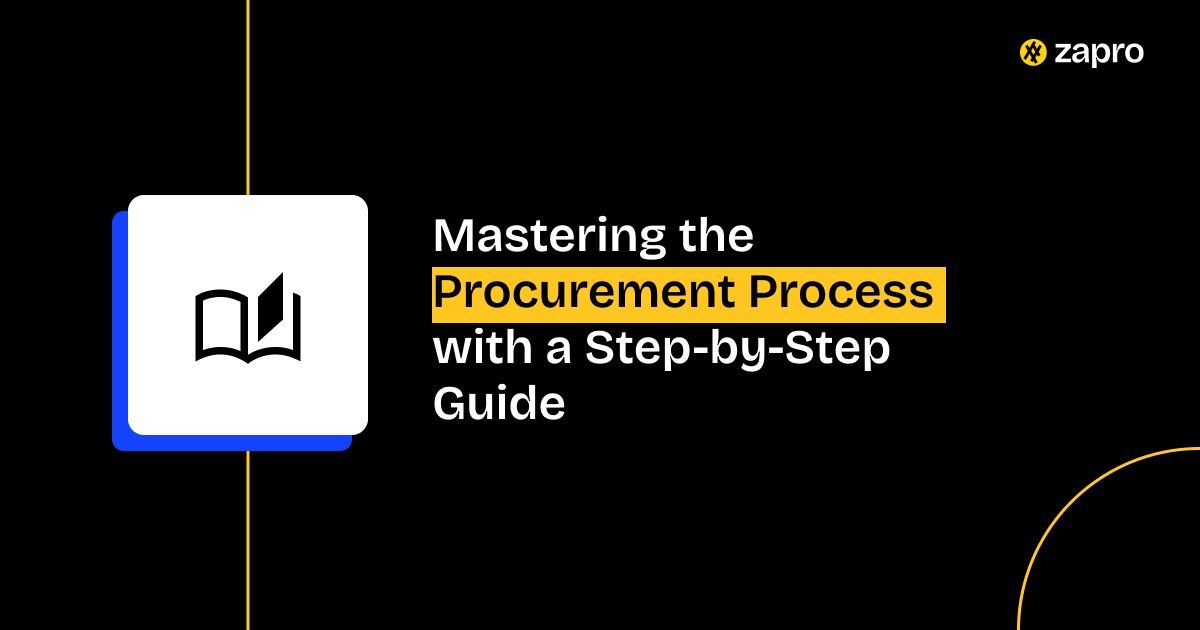
 Healthcare
Healthcare Financial Services
Financial Services Technology
Technology Venture Capitalist
Venture Capitalist Chief Procurement Officer
Chief Procurement Officer Chief Financial Officer
Chief Financial Officer